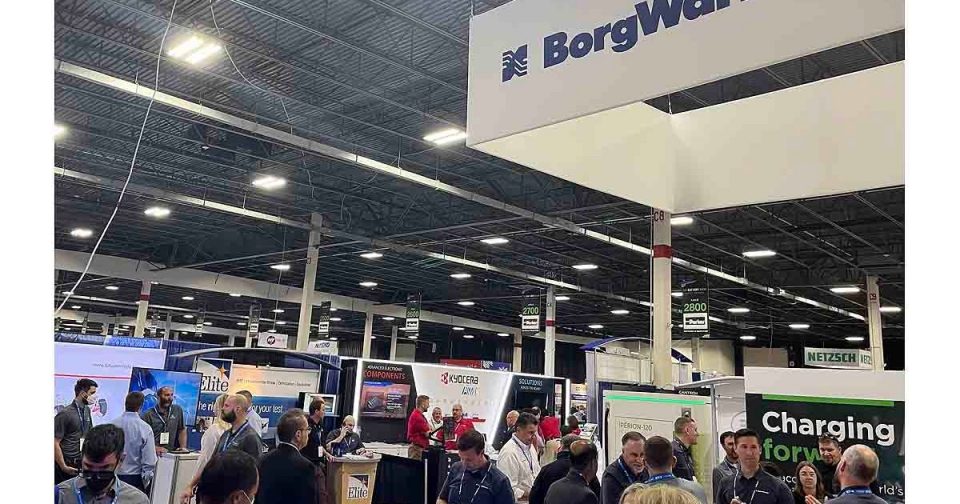More needs to be done, and faster, executives say
Because of increased demand and actions by the federal government, there will be greater demand to mine materials domestically and in trading partner nations, said Ken Hoffman, co-head of EV battery materials research at McKinsey & Co.
“This is the single most important aspect of how we are going to deal with global warming,” he said. “The only way we can get the EV battery train rolling is through mining. Fortunately, you’re seeing the U.S. government come through in a very big way.”
However, it can take as long as a decade to get a mine up and running in the U.S. — a long process that could hamper efforts to boost domestic capacity, Cherry said. Permitting and litigation costs can run in the hundreds of millions of dollars “before a shovel even gets into the ground.”
“Mining measures things in geological time, and unfortunately, that’s what permitting is today, too,” Cherry said.
This year, President Joe Biden, Senate Majority Leader Chuck Schumer and House Speaker Nancy Pelosi said they would pass “comprehensive” permitting reform by October. But details on the proposal have been sparse, and it has drawn criticism from some congressional Democrats who say it would serve to boost fossil fuel projects and contribute to global warming.
“It would provide some help, but it won’t be transformative,” Malan said. “There just aren’t the votes for transformative permitting reform.”
Recycling will be crucial in the future
Finding ways to recycle critical materials from batteries used in old EVs will also receive new attention around the industry, executives said.
The Inflation Reduction Act counts materials that are recycled in the U.S. as having originated in the country, potentially providing companies a way to meet more stringent EV targets without having to rely on new mining projects.
“If we can capture large amounts of recycled battery materials, we can reduce the cost of production of new batteries and new cells, and reduce the amount that needs to be mined and processed,” said Anthony Burrell, chief technologist of energy storage at the National Renewable Energy Laboratory.
But that process is going to take time — if for no other reason than the fact that not many used EVs have batteries that have reached the end of their life cycle.
“If we look 10 years ago, there were only a few thousand EVs in the world, which means you only have a couple thousand EVs that can be recycled today,” Hoffman said.
Malan said that advocates for domestic mining and environmental advocates need to “have a conversation” about why more mining is critical to producing more EVs. But longer term, recycling will play a bigger role.
“I think people in 2040 and 2050 are going to be able to talk about reducing mining and think about a circular battery system,” he said. “But we’re not there yet.”
Bloomberg contributed to this report.


